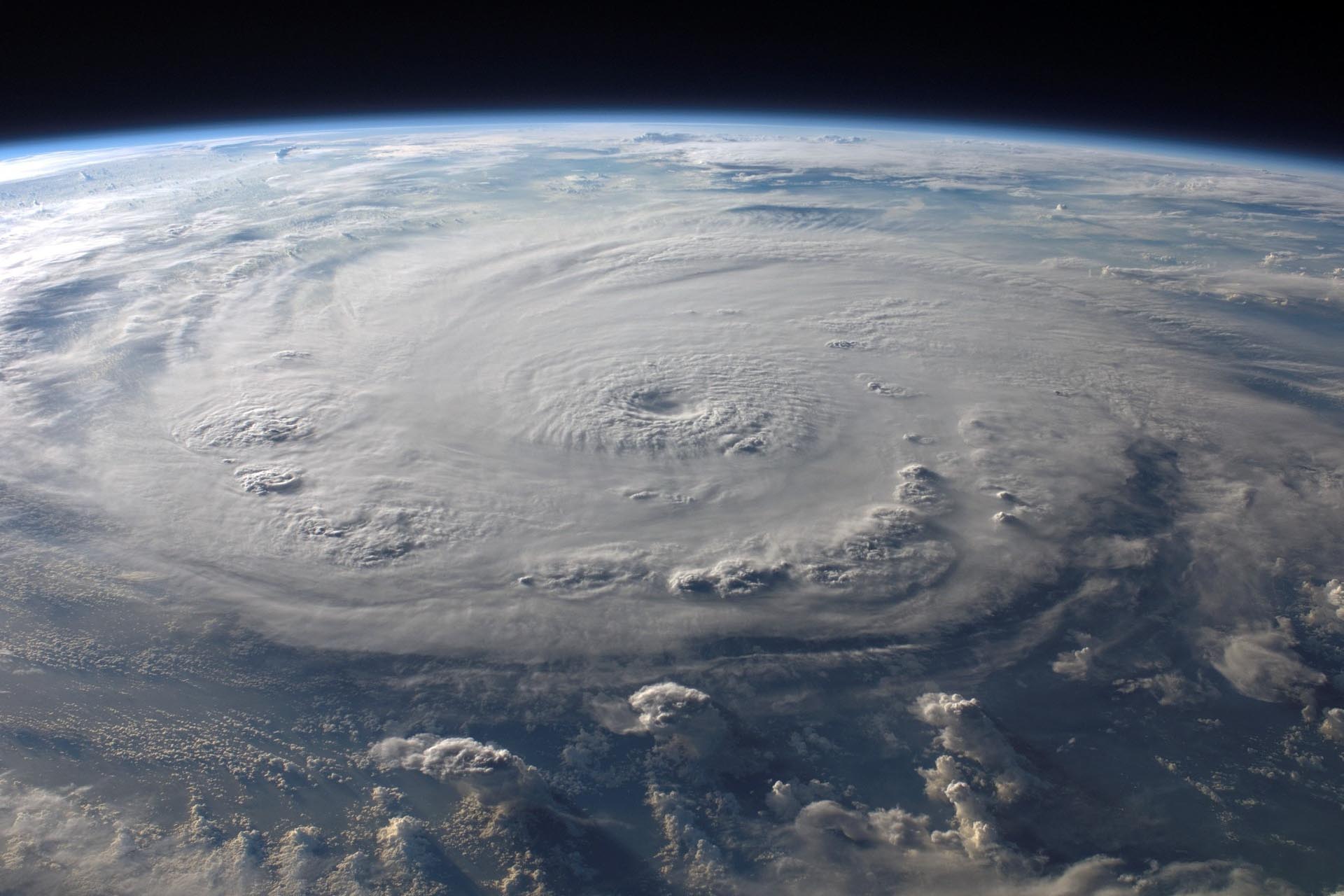The Atlantic hurricane season lasts from June 1st to November 30th, even though recent years have shown that tropical storms and even named hurricanes can occur outside of that timeframe. So, here in Florida, we should always be prepared for weather events of all kinds that can cause significant property damage to your home. We are no strangers to intense weather patterns all year long here in Florida. Did you know that ROOFS are the number one claimed hurricane loss? Since 1986, over 100 BILLION dollars’ worth of insurance claims have been filed in our state, proving that living in Florida comes with a good chance you will experience storm damage to your roof at some point. Some of our customers have been keen on preventative measures to help mitigate the storm season. Some have even asked if there is a “hurricane proof” roof available, and of course the answer is no. There are, however, safeguards, products and steps you can take that help reduce your likelihood of severe damage. To have a roof that is impervious to the elements, it must be comprised of the following components:
- Proper Roof Covering
- Proper Roof Sheathing
- Proper Roof Framing
- Gable and Walls
- Eave and Gable Overhangs
- Proper Connection to the Walls
- Proper Roof Ventilation
Basic roof structure built to the latest Florida building code and installed correctly is the most important factor in safeguarding your home. Not all roofs built over the years have been installed up to these standards, but recognizing these areas and practicing maintenance on these critical areas may help minimize the damage to your home. First off, the walls must be strong enough to hold whatever type of roof it will have to support. The tie and bond beam support are best, but we have found some shoddy framing from some builders over the years where they have simply cut-corners. Next, trusses are the essential structural connections in your house. They are effective if you use double hurricane straps, this is what we recommend to ensure the proper connection to this truss framing. Also, a proper ventilated roof will be very helpful in deflecting pressure that accumulates during a strong storm. Finally, make sure that all openings, including doors, windows, vents, etc. are protected against uplift.
There are different types of architectural roof styles; some are more hurricane-proof than others. Shingles are the most common style, but they’re the least resistant to heavy rains and high winds. So, make sure your shingles are correctly installed with the right nails, nailing, tape and edge adhesion and flashing
Concrete roofing tiles are the next best option. They are fire and hail resistant, plus can withstand winds more than 125 MPH.
The most durable choice is a metal roof. Long-lasting and hearty, metal roofs are the most resistant to hurricane damage. While working in Panama City during Matthew, we ran across entire neighborhoods devastated by the 161 mph winds, and yet inevitably, there was always one or two metal roofs in the neighborhood that remained intact, these were obviously installed with proper anchoring and with the correct roof to wall connections.
A reputable roofing contractor understands that there are details that cannot be ignored when creating a hurricane-proof or hurricane-resistant roof in Florida. Proper water barriers seem like a no brainer, but some companies simply skip this step and do not seal up any breaches. Consider areas around vents or skylights. Anchoring the roof to the wall provides the best foundation. Thus, creating better wind resistance. Lastly, braced gables offer more anchored protection.
Have questions about these details, or wondering whether your roof contains these essential elements of protection for the hurricane season? Contact us for a professional evaluation.




